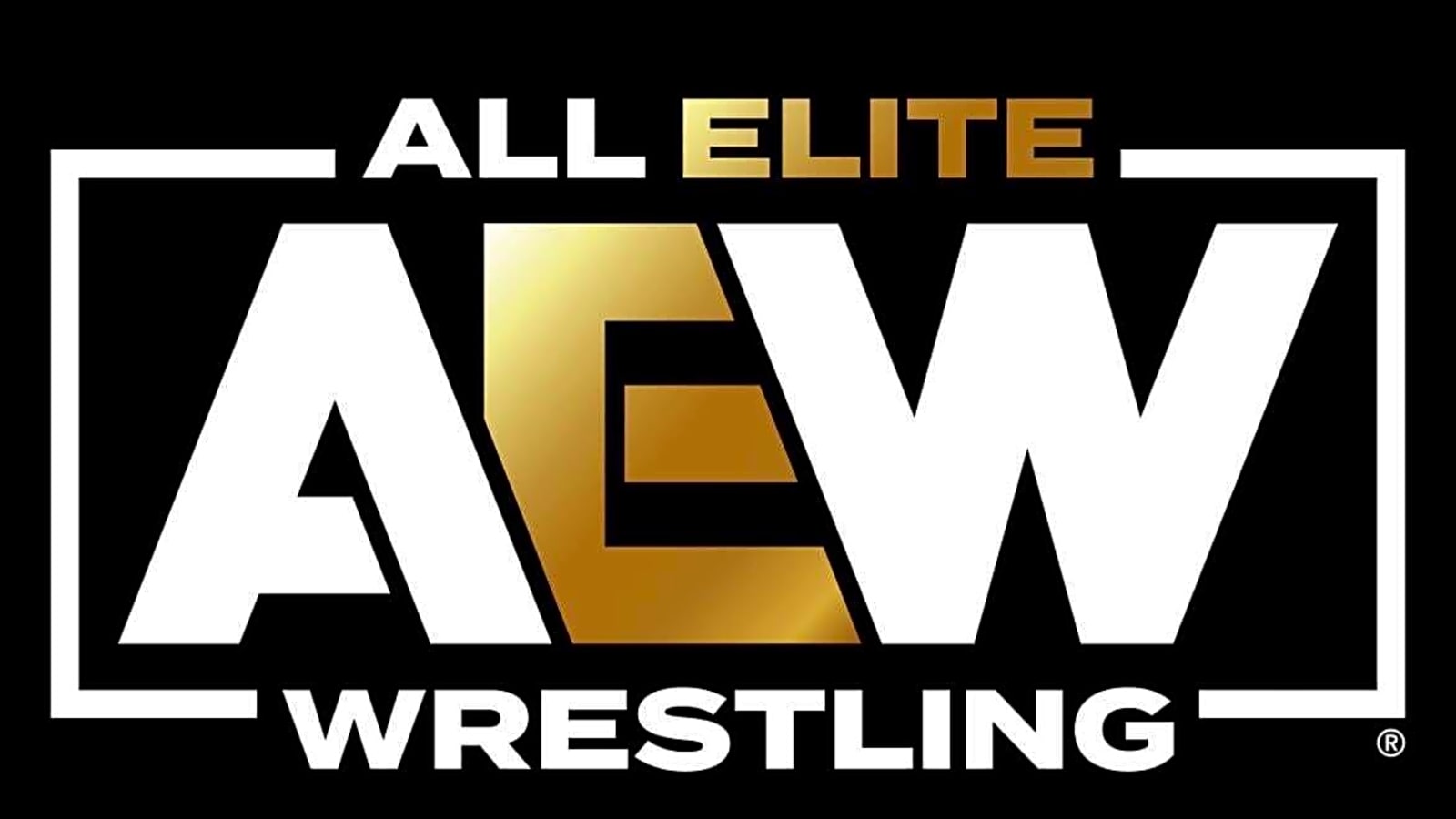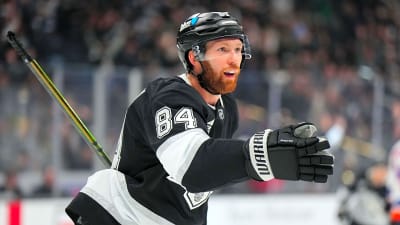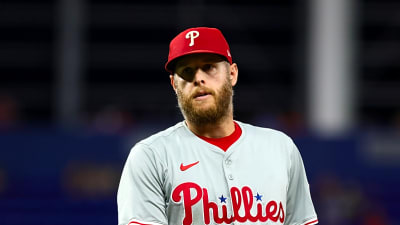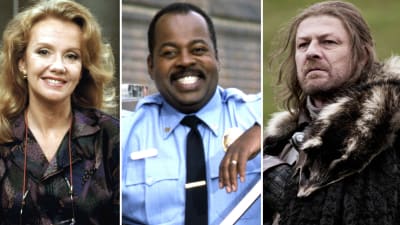
All Elite Wrestling can undoubtedly create stars, but unlike WWE, the promotion lacks the infrastructure to build them from scratch. The opportunity for reinvention allowed “Timeless” Toni Storm, Swerve Strickland, Ricochet, etc., to hit career peaks. New faces like MJF, Darby Allin, and Orange Cassidy have carved out their unique niches.
Pushing the boundaries of characterisation beyond anything WWE’s creative process could facilitate. However, MJF perfected his character whilst gaining on-camera experience working for MLW. Allin and Cassidy spent years on the indies, perfecting their characters in front of cameras.
This, in many respects, has meant those with experience have and can swim in AEW’s “no floaties” philosophical framework. Although for those lacking that formative and often vital experience, plenty have struggled as characters, wrestlers, or both on weekly television.
Think the Wardlows, the Preston Vances, the (who the F### is) Griff Garrisons. Consider the two pillars that have, somewhat, crumbled (hopefully temporarily). Talented but green, AEW’s gift of autonomy and ownership to wrestlers can disadvantage those without the experience.
They have not always capitalised on the opportunities with the same success as those well-travelled wrestlers.
Give an equal amount of material and tools to an apprentice and a master craftsman, and their output will still differ in quality and finesse. Experience makes a difference.
It is a psychological as well as in-ring boaster. Self-confidence was something Lexis King felt they lacked in AEW.
Others like former AEW rookie, Brock Anderson, told Fightful: “For young guys, there is no setup to really learn and grasp the business. It’s just basically just TV.” The sentiment was echoed recently by EC3: “There’s trial and error, there’s no room for improvements, it’s always what’s expected out of a TV match based on that style.”
However, does AEW need developmental infrastructure?
Shadow of WWE
Context is key. AEW is a six-year-old company compared to WWE’s forty-plus years of experience. Despite narratives and tribalism, in six years, AEW’s rapid success in North America, by various key business metrics, is undeniable to those indulging in Orwellian “Doublethink”.
Wrestling fans generally expect more from the younger company. Comparisons to WWE are constant and not always intended with malice or spite.
All of wrestling beyond WWE exists somewhat in its looming shadow. When WWE acts, other companies must respond.
WWE’s history and desires for monopolisation have seen attempts to restrict AEW’s potential growth from day one to today. When AEW started, WWE quickly signed indie wrestlers to undercut AEW’s potential talent pool.
In response, AEW signed a mixture of indy veterans and fresh upstarts. This arms race for wrestlers continues, but AEW’s strategy differs (more on this later). Plans didn’t survive contact with the enemy.
AEW’s booking strategy changed by December. Learning on the job was a company-wide endeavour.
Besides, matches, actions, and mentors on paper and principle were designed to help and teach wrestlers on screen and possibly behind the scenes. These worked with differing levels of success. Sting elevated Darby Allin.
Yet, Jack Perry still lacked character despite working with Christian Cage. Sammy Guevara fell into the Chris Jericho Vortex. Private Party felt lesser working alongside Matt Hardy.
AEW’s style and our expectations as AEW fans create a steeper learning curve. We want the best. AEW is where the best wrestle.
A by-product of AEW’s philosophical framework is the paradox that even the most protected wrestlers, long-term, will be exposed for their weaknesses. See the booking of Jade Cargill or Hook.
Some saw the purchase of ROH as an opportunity for a developmental system. It works for WWE, so it should work for AEW. Well…
AEW Doesn’t Need an NXT
WWE’s talent development system isn’t perfect. It also took decades and significant costs, and investment in time, money, and personnel to find what works. NXT is WWE’s fifth attempt. FCW, DSW, OVW, HWA, training camps, and a working agreement with Jerry Jarrett’s USWA.
Secondly, then, now and likely forever, the Performance Centre’s ability to make stars is deceptive. For each home-grown star, three ringers cut their teeth and developed their uniqueness elsewhere. Not all are headliners, but they certainly provide the scaffolding.
For every Tiffany Stratton, there’s an Asuka, Iyo Sky, and Chelsea Green. There’s only one Roman Reigns. Would the Tribal Chief have been a headliner without Seth Rollins, Jon Moxley, Kevin Owens, and Sami Zayn? NXT’s top homegrown stars, like Trick Williams, are overshadowed in weekly conversation by the new signees from AEW, TNA, Japan, Mexico, etc.
That’s not undermining learning the “WWE style” or how to work the hard cam. WWE’s success is in assimilation, presentation, and marketing ingenuity. In 2025, that former concept, assimilation, is also a strength of AEW.
Consider the variety of new wrestlers from Japan, Mexico, the indies, TNA, and WWE that the AEW has integrated into the roster. Yet, like WWE, those wrestlers are half to fully formed. They’re better suited to AEW.
Whilst ROH can and is proving to be a useful proving ground and developmental space for some, it’s not a magic bullet. The issue is more one of unforeseen consequences, growing pains, and the company and management learning as much as the wrestlers.
Long-term, some kind of development system might be helpful. Although somewhat naturally, AEW is finding a solution. Hopefully, that is if the company listens to two of its top wrestlers.
If You Build It, They Will Come
Will Ospreay and Swerve Strickland, two men who understand well the AEW framework, have each best explained how the company should recruit talent.
“Like, go out and, prove to other people that you’re wanted. I want to see all these guys cut their teeth elsewhere and improve the houses elsewhere. Like, go to New Japan, go to NOAH, go to STARDOM, go elsewhere and improve their houses before you can think, ‘Oh, I’m just going to come here,” Will Ospreay, The JJRBTS Podcast, transcript from Ringside News.
Ospreay’s comments particularly link to former WWE wrestlers, but the same sentiment could be applied more broadly. Strickland compared joining AEW to joining the Lakers when talking to the Battleground Podcast.
Within the framework, kayfabe and reality of AEW, Ospreay and Strickland are right. AEW’s evolution as the best to be for the best wrestlers has created an alternative legacy that the successive successes of each All Ins have inspired present and future generations.
Whether capturing the attention of Mercedes Mone or new signee Thekla, AEW will attract those who establish themselves elsewhere. Wrestlers who know they must match the intensity of AEW because there is no safety net.
Everyone has learned lessons from former WWE wrestlers jumping to AEW with clashing expectations. Those who prefer freedom and artistic expression over business and glitz have a viable option.
As for those younger, greener wrestlers in AEW, plenty have and are adapting. The Acclaimed, now as solo acts, threaten to break out later in 2025. Those who don’t have options.
Some may want to follow in the footsteps of Mike Santana. Go make something more of themselves. Increase their value. Drew McIntyre and Cody Rhodes did this by leaving WWE.
Eventually, it will happen in AEW, too.
More must-reads:
- Astros quickly designate veteran righty for assignment
- 'Count me in': Conor McGregor volunteers for White House UFC fight after Trump announcement
- The 'MLB ballpark names' quiz
Breaking News
Trending News
Customize Your Newsletter
 +
+
Get the latest news and rumors, customized to your favorite sports and teams. Emailed daily. Always free!








